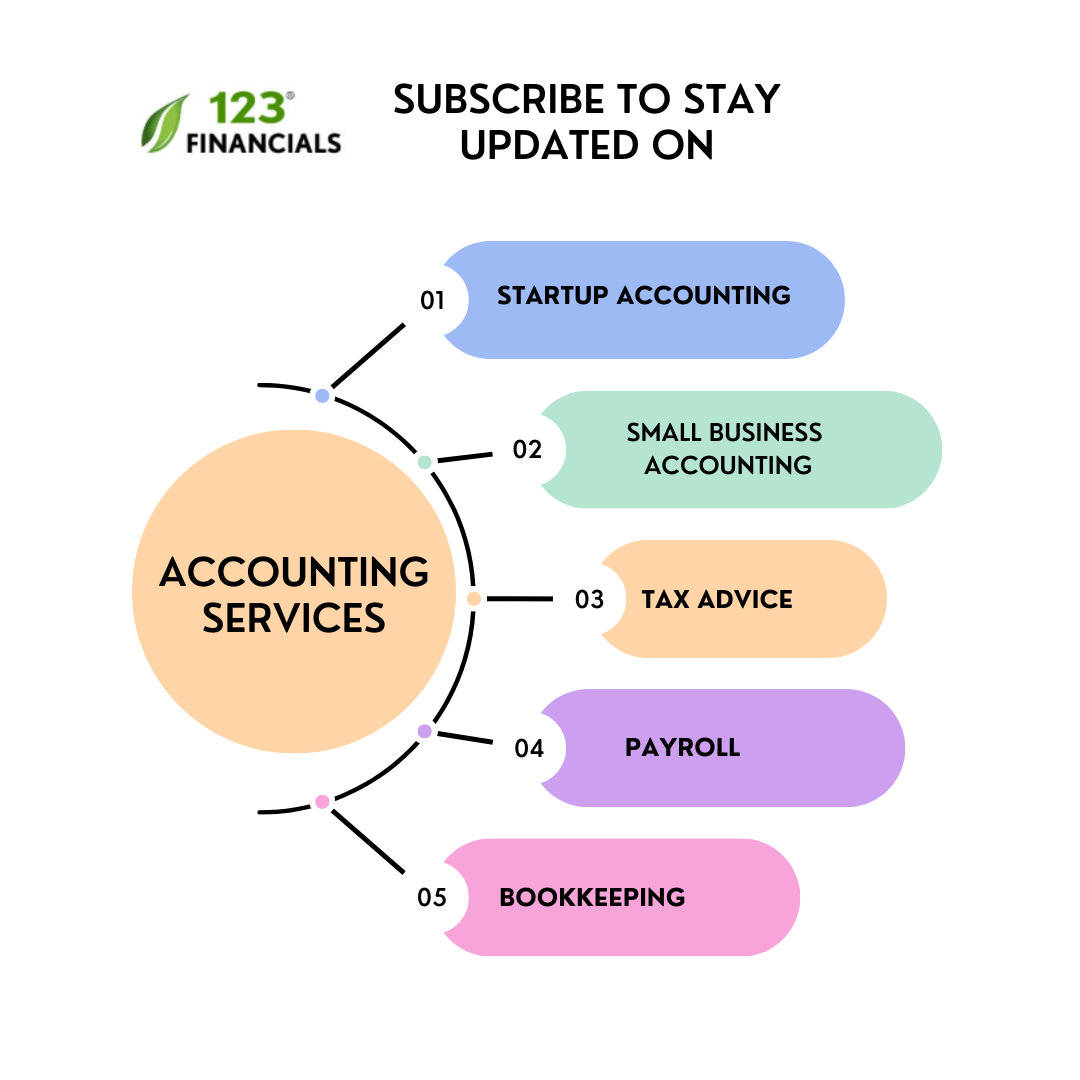In the United Kingdom, whether or not a firm must legally file for VAT is determined by its annual sales and the type of products it sells. Firms that are not required by law to register may choose to do so.
Many different VAT rates apply to different types of goods in different situations. Although there are several exceptions, VAT applies to nearly every transaction for a large number of businesses.
This guide will give detailed information about VAT and its calculation:
Hire VAT Accountant
Work with a London-based accountant for tax, accounting, payroll, & EIS/ SEIS needs.
What is VAT?
A value-added tax (VAT) is a form of consumption tax that is imposed on a commodity at each point of sale where value is added. The tax is levied when a raw materials manufacturer sells a product to a factory, the factory sells the end product to a distributor, the distributor sells it to a retailer, and the retailer eventually sells it to the customer who will use it.
The retail customer ultimately charges the VAT. The subsequent buyer in the chain reimburses the buyer at each earlier stage of the product’s development for the VAT.
VAT, or Value Added Tax, is a business tax imposed by the government on selling goods and services in the United Kingdom. All companies with an annual turnover more significant than the existing VAT threshold (£85,000 in 20/21) are required to register for VAT and file a VAT return.
It is an indirect tax, which means that businesses receive it on behalf of the government: firms charge VAT on their goods and services and then pay the VAT to HMRC.
Although VAT-registered businesses charge their customers VAT on the goods and services they offer, they also pay VAT on goods and services they purchase, such as raw materials, stock, or professional services.
VAT is levied on the majority of goods and services, including:
- Business sales
- Loaning goods
- Selling business assets
- Commission
- Items sold to staff, such as hot meals in the canteen
- Business goods used for personal purposes
- ‘Non-sales’, such as gifts as well as part exchange.
Many of these goods that are subject to VAT are known as “taxable supplies.”
There are some VAT calculations such as:
- Charging VAT – The amount of VAT your firm can charge is determined by the type of products and services it offers.
- VAT Alternative Schemes – Different schemes have specific VAT rates that apply to your firm, influencing how much VAT you owe HMRC.
- VAT Returns calculations – How to complete and file your VAT Return, including calculating how much VAT you must pay or demand back from HMRC.
How does VAT work?
VAT registration is needed for any business with an annual turnover of more than £85,000. When your business’s turnover exceeds this amount, you must register as a VAT business with HMRC and begin charging VAT on the products and services you offer. The good news is that you will be entitled to reclaim the VAT your company is paying for the products and services it purchases.
Because of the VAT scheme, the company serves as a tax collector. You collect the VAT paid on your goods and services and remit it to HMRC. The VAT you receive is generally charged to HMRC every three months, and you must file a VAT Return at that time. There are a few exceptions based on the VAT accounting scheme you choose.
VAT is chargeable on a wide range of products and services, not just business sales. You must charge VAT on items such as facilities and premises that your firm rents to others, as well as items sold to workers, such as discounted products or meals offered in a staff restaurant. Items on which you must charge VAT are referred to collectively as ‘taxable supplies.’
To correctly measure your VAT Return, you must first determine which goods and services should be subject to VAT and how much VAT you must charge. While the standard VAT rate is 20%, many goods and services have a lower VAT rate. Children’s car seats, for example, have a VAT rate of just 5%.
How to calculate VAT?
To determine the amount of value-added tax that must be charged at each stage, take the VAT amount at the most current production set and deduct the VAT already paid. It avoids double taxation and guarantees that customers are reimbursed for the VAT they have already paid at each point.
VAT is chargeable at three different rates:
1. Standard rate
The standard VAT rate of 20% applies to most enterprises and the majority of goods and services. It means that if a commodity costs £100 and the VAT rate is 20%, the buyer will pay £120 to the merchant. As a result, the business holds £100 while remitting £20 to the government.
Anything considered a luxury item falls under this category, so food items like ice cream and confectionery use the regular cost.
2. Reduced rate
Certain goods and services, such as smoking cessation items, sanitary products, caravans, children’s car seats and some energy-saving materials, are subject to a 5% VAT rate. The government maintains a directory that lists the VAT rates for various goods and services. Use this to determine if something the business sells should be subject to a reduced rate of VAT.
3. Zero rate
Certain products and services, such as children’s clothing and accessories, books, magazines, and disabled-accessible appliances, have a 0% VAT rate.
Furthermore, certain products are deemed “exempt.” Postage stamps, as well as financial and real estate transactions, fall under this category. These products and services, including zero-rate objects, are exempt from VAT. These, however, are not required to be included in your taxable turnover.
Services in specific sectors such as dentistry, education, medicine, insurance, and finance are also exempted.
Although the nominal zero rates still exist and therefore necessitates records, exempted products do not have to be accounted for in your taxable turnover. Similarly, if you buy exempt products, you won’t reclaim the VAT from HMRC.
Example of VAT Calculation
If the goods or services are subject to the standard VAT rate of 20%:
You must apply 20% to the price of the products or services you sell. You can do this by multiplying the charge by 1.2.
For example, if your business provides sports equipment for £50, multiply the price by 1.2 to get a total VAT inclusive price of £60.
You list the item price (£50), the VAT (£10), and the total price (£60) on the invoice or receipt.
Hire VAT Accountant
Work with a London-based accountant for tax, accounting, payroll, & EIS/ SEIS needs.
Calculating the amount of VAT to be paid to HMRC
It is relatively simple to calculate the amount of VAT to be paid to HMRC. It is generally the difference between the sales invoices provided by the firm for the products and services it sells and the VAT charged on the goods and services it purchases. Generally, you will demand the maximum sum of VAT on all goods and services, although there are several exceptions.
The amount of VAT collected from the selling of goods and services is known as output VAT, and the amount of VAT paid by your enterprise is known as input VAT.
The formula for calculating VAT
When calculating your VAT, you must subtract the amount of VAT paid from the amount of VAT charged by your company.
For example, if the company charged £14,000 in VAT on the goods and services it sold (output VAT) and paid £4,000 in VAT on the products and services it purchased (input VAT), the VAT calculation would be:
HMRC will receive £14,000 (output VAT) – £4,000 (input VAT) = £10,000 in VAT.
Winding-up
VAT is a tax that is eventually paid by the customer, not by individual businesses. VAT, or Value Added Tax, is a tax levied on the selling of goods and services. In theory, it appears to be a straightforward method. Businesses charge VAT to their consumers and then remit the tax to the government.
For all but the smallest companies, VAT is an accounting reality that necessitates detailed record-keeping and precise measurement when determining how much VAT to charge and remit to HMRC.


















